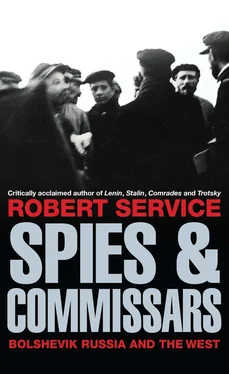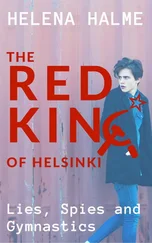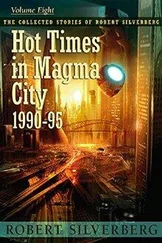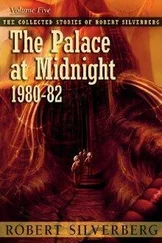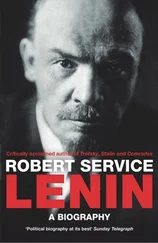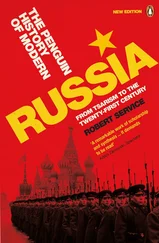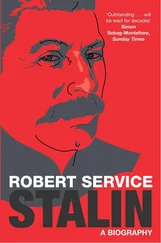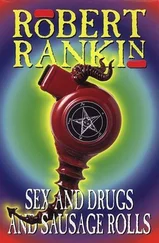In capital cities across Europe, Russian political emigrants gathered. In Paris there was a National Unification congress led by the conservative Pëtr Struve, the liberal Konstantin Nabokov and the ex-Bolshevik Grigori Alexinski. 43Paul Dukes continued his public campaigning against the Bolsheviks and went off on an American lecture tour in February 1921. In November, on his return, he picked up his links with Sidney Reilly and Boris Savinkov; he also met up with Harold Williams. 44But all their efforts were the triumph of hope over realism. No government in Europe or North America any longer had the stomach for an anti-Bolshevik military operation.
As the Allied governments stood back, the international race to make profits in Soviet Russia began in earnest. Since French official policy rendered this next to impossible, the Association Financière, Industrielle et Commerciale Russe turned its eyes to New York for help, the idea being to engage with individuals close to ‘the outstanding public figure of the United States, Mr Hoover’. It was believed that the American Relief Administration might somehow offer cover for Russia’s old economic elite to find their way back into trade with new Russia. 45Sidney Reilly had been among the first to notice the Association’s ambitions. With an eye for the main course he was determined to gain a slice of the profits seemingly on offer and was actively engaged in buying up products in Europe on behalf of the British government. Wrangel’s intelligence officers noticed that he had some kind of ‘link with the Bolshevik delegation in London’. His financial dishonesty in pre-war Russia was common knowledge by then. Even without access to information about the British Secret Service Bureau’s enquiry about him, the White officers commented that Reilly was almost certainly an assumed name; and London’s Russian political circles gave him a wide berth despite the opportunity offered by his connections with the British establishment. 46
For a while at least, the Soviet leadership resigned themselves to ‘peaceful cohabitation’ with capitalist countries. Lenin used this term in an interview with the Christian Science Monitor . In Soviet Russia itself it was Adolf Ioffe who popularized it and called for ‘co-operation’ with ‘bourgeois republics’. 47But Ioffe laid down a qualification, insisting that this policy would make sense only if it were guaranteed that no military threat would be directed at Moscow. The Red Army would show good faith by pulling back from its stations on Russian borders. Capitalists would trade with Russia not out of altruism or even mere greed but because the world economy could not now recover without access to the huge natural resources that lay between Smolensk and Vladivostok. Communists could therefore wait on events. The struggle between Labour and Capital would not cease around the globe, and ‘world proletarian revolution’ remained the party’s objective. But every Bolshevik leader had learned that compromises had to be made if Bolshevik rule was to be sustained. 48
Soviet rule, as every Russian knew and foreign visitors soon discovered, was chaotic at its lower levels. Official policy was one thing and the reality was frequently very different. Corruption was pervasive. Even transport was never better than uncertain; and when William J. Kelley of the American Relief Administration tried to make his way from Riga to Moscow at the end of 1921, he had to bribe the train driver to give him logs to keep himself warm at the lengthy unscheduled stops on the journey. 49What is more, Bolsheviks often baulked at the party’s official encouragement of the purchase of concessions by foreigners. William H. Johnston, president of the International Association of Machinists, was held up in Latvia and could not even get a visa for his trip to Moscow. 50None of these difficulties caused surprise in the American administration, which had warned its country’s entrepreneurs about the dangers of doing business in Russia. They had only themselves to blame if they found that Soviet conditions offered a less than congenial experience. Official US opposition to a trade treaty remained in place; Herbert Hoover was implacable — and he ensured that no American concession, including Vanderlip’s well-known Kamchatka venture, could be operated on a grand scale in Siberia unless and until the Washington authorities gave their blessing. 51
There was still a lot for the Soviet leadership to do if economic recovery was to continue, and the growing rivalry between Lenin and Trotsky had the potential to open up yet another damaging controversy. They disagreed about the pace and orientation of industrial growth. Trotsky wanted to prioritize investment in heavy industry and introduce mechanisms for central state economic planning. Lenin feared that this would disrupt the reconciliation with the peasantry; his own preference was to grant freedom for private workshops to produce for the rural requirements. 52For the moment, at least, Lenin had the greater support in the Politburo and Central Committee — and the political situation settled down. The October Revolution survived the first full year of peace.
32. THE UNEXTINGUISHED FIRE
The Bolsheviks had kept their hardness and had kept their faith. Even the pseudonyms they chose for themselves signified unyielding intent. Stalin was a name taken from the Russian word for steel, Molotov was a derivation of hammer. Their generation had been born and brought up in years when armed force was used the world over to expand empires and transform economies. Bolsheviks absorbed this toughness of spirit into their own doctrines and practices. They saw how industrialists, financiers and landowners had become masters of the earth. They learned from the ruthlessness and optimism they witnessed. Like the capitalists they detested, they took chances. The October Revolution had always been a gamble. But it had been successful for them, even though the price was paid by millions of Russians in death, tears and famine. Communists proved themselves flexible. Although they hated compromise, they became adept at scraping off the minimum of skin from their ideology. Bolshevism was founded on the idea that humankind is infinitely plastic, infinitely malleable. The rulers of Soviet Russia aimed to reconstruct the entire edifice of life for the benefit of the working class — and if workers did not yet understand where their best interests lay, the communist party would simply carry out the Revolution on their behalf.
Bolshevik leaders and militants, even if they had not read Lenin’s The State and Revolution or Trotsky’s Terrorism and Communism , believed that the October Revolution required the party, the Cheka and the Red Army to exercise a severe dictatorship. The Bolsheviks were known for their dictatorial inclinations long before the experiences of 1917; and although they had looked forward to enabling ‘the people’ to liberate themselves from capitalism, they had always believed in the need for a framework of authoritarian control to bring this about. By the end of the Civil War, the use of mass terror, arbitrary dispensation of justice and political discrimination against groups in society deemed to be inimical had become the norm. The upper and middle classes — the burzhui — were treated as ‘former people’ and stripped of the rights of citizenship along with priests and ex-policemen, and it was a rare ex-businessman who dared to go around town dressed in his pre-revolutionary finery. 1Although peasants and artisans gained some freedom to sell their goods and services, the communists’ ultimate objective had not changed. The entire economy would one day be owned, planned and regulated by powerful agencies of the state. Bolsheviks were engineers of the soul. They intended to manufacture a new collectivist mentality throughout society and were willing to wade through seas of blood to achieve their purposes.
Читать дальше
